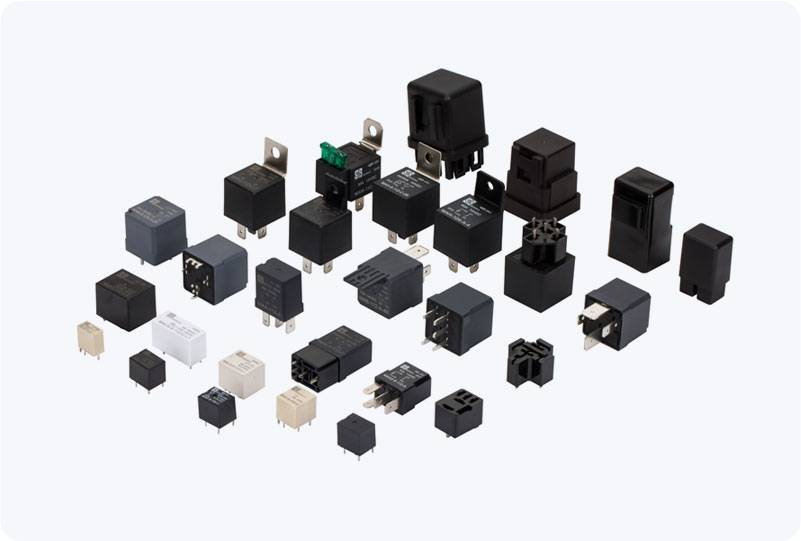understanding communication relay: the backbone of reliable data transmission
Release time:2025-06-26 23:41:03
In the modern era of global communication, the need for efficient and uninterrupted data transmission has never been more crucial. As our reliance on digital systems continues to grow, so does the demand for seamless connectivity across vast distances and challenging terrains. One technology that plays an indispensable role in ensuring that communication systems function optimally is communication relay. This concept, widely used in various forms across different types of communication networks, serves as a vital link for transmitting data from one point to another, overcoming obstacles like distance, signal degradation, and interference.

What is Communication Relay?
At its core, a communication relay refers to an intermediate device or process that helps transmit data signals over long distances, ensuring that the information reaches its intended destination. The primary purpose of a communication relay is to extend the range of a signal or overcome barriers that may cause the signal to weaken or lose quality. It does this by receiving a signal, amplifying or regenerating it, and then forwarding it to the next stage in the communication process.
Communication relays can be found in both wired and wireless systems, and they are critical in a variety of industries including telecommunications, satellite communications, broadcasting, and even in internet infrastructure.

